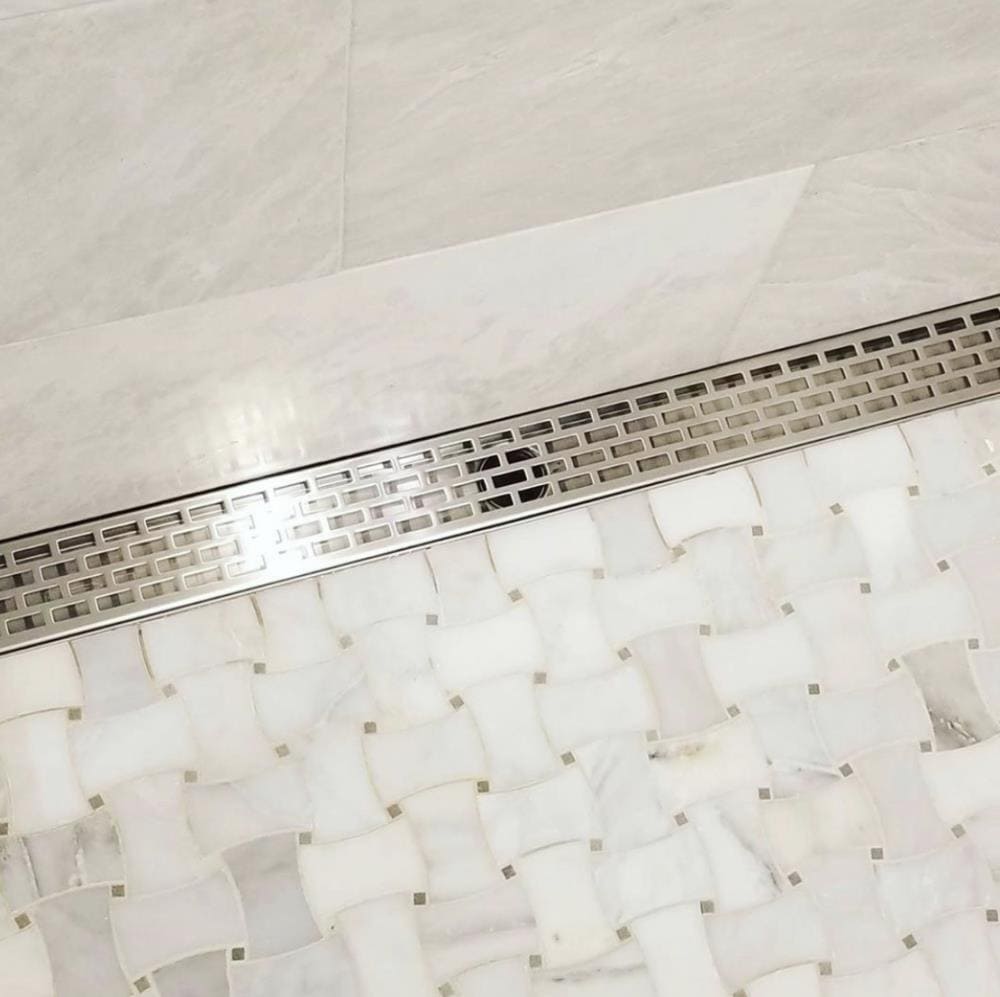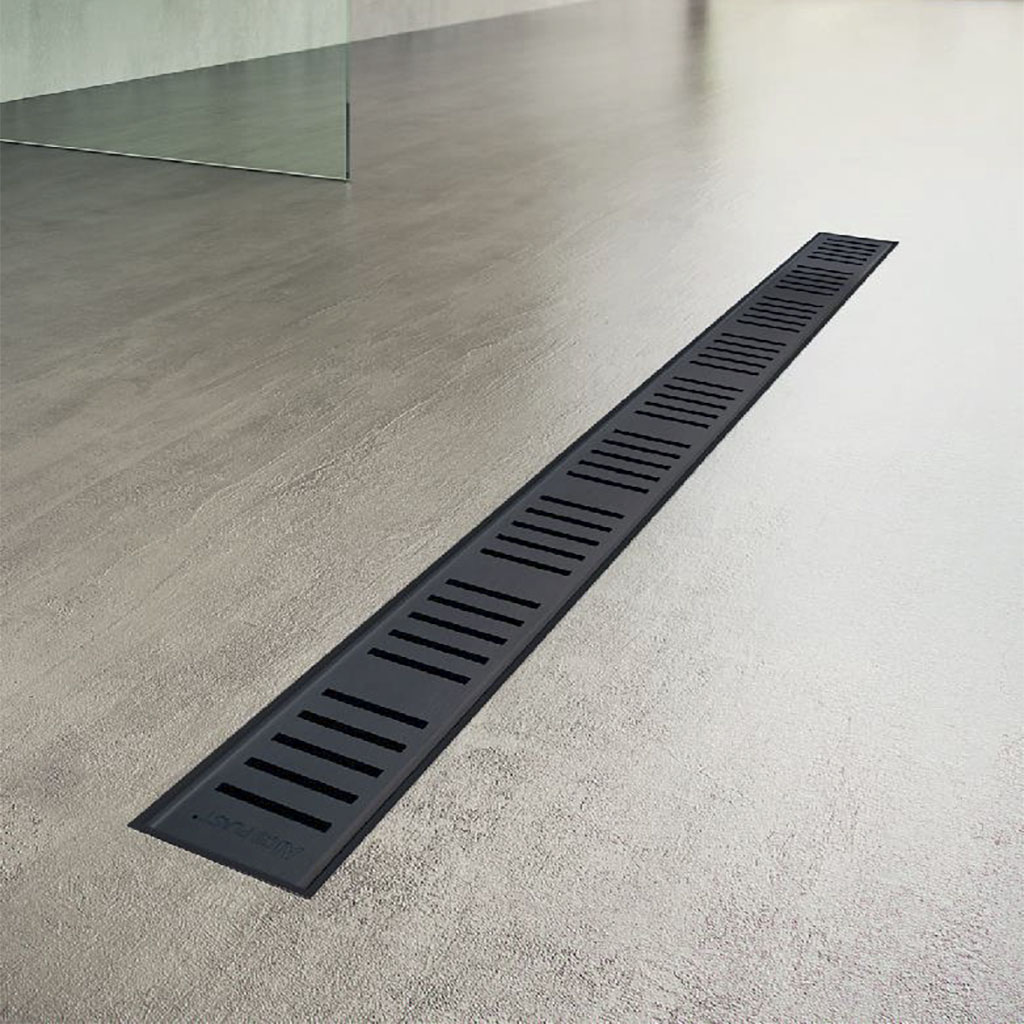Undertaking-Executing-Completing Your Own-Personal-DIY Shower Drain-Bathroom Drain-Drainage System Installation-Setup-Project
Undertaking-Executing-Completing Your Own-Personal-DIY Shower Drain-Bathroom Drain-Drainage System Installation-Setup-Project
Blog Article
Presented here down the page you'll find a good deal of amazing details related to How to Install or Replace a Shower Drain.

Updating a washroom is one of the more popular home improvement projects. Dealing with the plumbing for draining your shower can be exceedingly simple unless you overdo.
Managing Your Own Shower Drainpipe Installment Task
You can literally develop a collection agency for your new shower, however you really need to think about it. Do you really intend to get involved in the difficulties of obtaining the sloping proper, as well as seeing to it every element of it is water resistant? And I mean every aspect! It is a lot easier to just get a pre-cast collection agency online or at your local Lowes, House Depot or hardware shop. Building one may sound like an excellent suggestion, however you will most likely really feel in different ways after a number of hours.
Despite exactly how you go about obtaining a frying pan, you must make every effort to utilize one that has the drainpipe situated in the very same place as the initial pan. Moving the drainpipe pipes can be a task, specifically if the home builder utilized a special framing framework. If you are figured out to move the drainpipe, you are mosting likely to need to cut back the pipeline or lengthen it, which might indicate ripping up huge chunks of the flooring. Put another way, you are mosting likely to be checking out a multiple weekend break project.
Thinking we have our drain aligned, the actual attach is fairly basic. The drainage pipeline should be dealing with vertical as much as the collector. It will usually appear like a "U", which indicates it acts as a cleanout to keep unpleasant smells from returning up from the drainpipe. To connect the drainpipe, you are mosting likely to produce a water limited connection between a drainpipe cap on the top of the pan as well as the water drainage pipeline. Systems differ, yet you are generally going to do this by placing a combining piece on the top of the drain pipeline. This is then covered with gaskets as well as essentially screwed into the drain cap. The drainpipe cap need to serve as a locknut, to wit, it screws straight onto the combining.
The tricky part of this process is obtaining your drainpipe cap to suit a leak-proof placement in the frying pan. This is accomplished by backing off the drain cap when you make certain everything fits together. At that point, you put plumbers putty around the underside of the cap and then screw it back on. The putty needs to form a tight seal between the cap and the shower pan, which keeps water from dripping under it and also right into the mounting under the shower.
Obviously, restroom showers been available in a wide range of styles nowadays. If you buy an enthusiast, they usually featured plumbing guidelines or the shop can keep in mind anything uncommon you need to recognize. It appears intricate, yet is commonly rather straight forward. Have fun!
Whether you are a bath tub or shower individual, many people look for shower just alternatives when acquiring a house. This simple fact means more than a couple of home owners invest a weekend upgrading or installing showers in their washrooms. Luckily for you, it is a relatively easy process.
An enthusiast or frying pan refers to the horizontal surface area situated at the bottom of the shower. The collector typically includes a non-slip surface area somewhat banked towards the facility or wherever the drainpipe is located. Combined with three to 4 inch wall surfaces around the side, the goal of your shower water drainage plumbing is to get the water to stream to as well as down the tubes.
Tips for Installing a Shower Drain Assembly
Renovating a bathroom can be exciting as well as fulfilling if you’re tackling the job DIY-style. After you cross off the bigger decisions such as tile style, paint colors, and fixtures, you’ll need to finalize smaller details – such as the shower drain. In this article, we’re sharing some tips for selecting and installing the right drain assembly for your updated shower.
What is a shower drain assembly?
Shower bases or pans typically only come with a pre-drilled drain hole. Since the pan slopes toward the drain, you should consider the placement – left, center, or right – when designing your shower. You’ll need to purchase and install a shower drain assembly that connects the shower pan to the drain pipe underneath the shower. There are a few types of assemblies, which will be covered below.
Size of a shower drain
When it comes to installing drains, size matters. The recommended pipe size for a shower drain is 2 inches, whereas most tubs use 1.5-inch pipes. Why the difference?
Shower pans are shallower than tubs, so there’s a higher risk for overflow. So, the larger pipe allows for quicker draining. If you are replacing an old tub with a newer stand-up shower, you will need to make additional plumbing adjustments to accommodate the 2-inch pipe.
Types of shower drain assemblies
There are three common types of shower drain assemblies: compression shower drain, solvent-glue shower drain, and tile shower drain. The layout, design, and materials of your shower can determine which type of shower drain assembly will work best.
Compression shower drain
This type of assembly attaches to the drain pipe with compression washers and nuts. The drain fitting is typically installed into the base, and then the base is installed into the bathroom floor. This makes compression-style drains easier to install than other options, particularly if you don’t have easy access from the floor under the shower base. Drains are available in a wide range of materials such as PVC (polyvinyl chloride), ABS (Acrylonitrile Butadiene Styrene), and brass, and can be used for acrylic, fiberglass, and steel shower bases.
Solvent-glued shower drain
Made of either polyvinyl or ABS, this type of shower drain is sealed to the drain pipe with solvent glue and silicone. Since you’ll be working underneath the drain pan, we only recommend using this type of drain if you have access under the shower, such as from a basement or crawlspace. It’s also important that you match the type of plastic of the drain with the drainpipe. If you take these precautions, you can install a solvent-glued drain assembly with acrylic, fiberglass, and steel shower bases.
Tile shower drain –
Drain assemblies for custom tile showers feature a waterproof membrane liner placed between two flanges. The tile is installed on top of the liner, collecting any water that seeps through the porous grout. A metal strainer is installed in line with the tile over the drain.
https://www.epshawaii.com/blog/tips-for-installing-a-shower-drain-assembly/

We were made aware of that editorial about Simple Steps for Installing a Shower Base from an associate on our other web blog. If you enjoyed our post kindly make sure you remember to pass it around. Thanks a lot for taking the time to read it.
Report this page